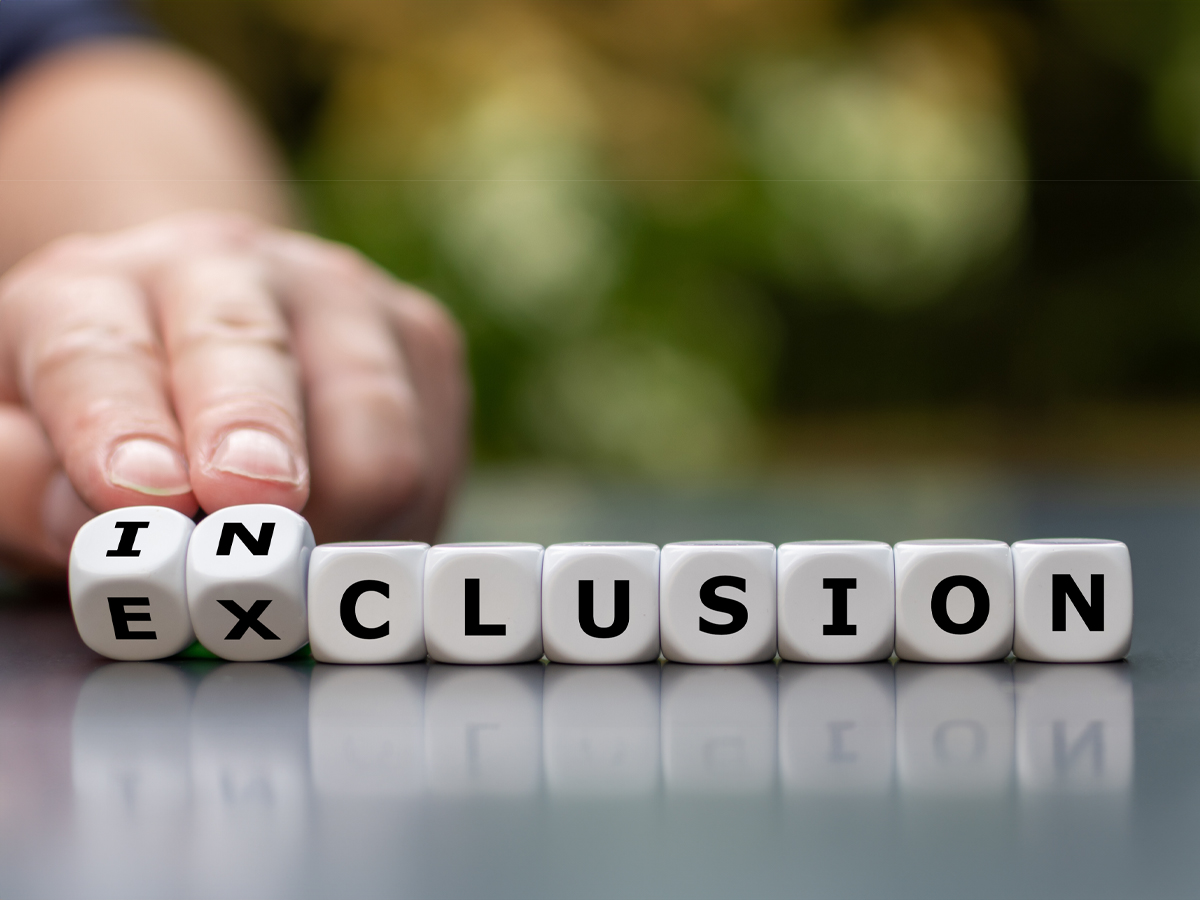Key areas putting the brakes on Australia from becoming more inclusive, have been identified in a new report.
The Inclusion Compass report focused on the needs and challenges when it comes to inclusion with an emphasis on people with disability, the elderly, LGBTQIA+, culturally and marginalised communities, First Nations peoples and other groups.
To get a picture of what an inclusive Australia should look like, 17 UN Sustainable Development Goals were matched against inclusion factors such as age, race, ethnicity, gender, sex and religion. The results led to six key topics where inclusion was an issue. These included Health & Wellbeing, Community Safety, Education & Development, Income Equality, Connection & Representation and Digital Divide.
The tone of the conversations demonstrated that despite the best intentions of governments, people find themselves marginalised, and needs and experiences are not considered and ‘one size fits all’ approach will not always work. And while education and development conversations are empowered in tone, they are often politicised leading to polarisation and exclusion. Also, when communities believe the conversation is politically motivated, rather than human-centred, the impact on society is negative.
The Centre for Inclusive Design partnered with The Lab & Insight Strategy, using AI digital decoders to analyse 700,000 online conversations together with six months of workshops over a year. In addition to speaking with communities, organisations and individuals affected by the key topics.
Speaking at the launch of the report was Simon Darcy, Professor of Social Inclusion at the UTS Business School, who voiced concerns about how the recommendations from the Disability Royal Commission will be prioritised and addressed. “What we have seen from many Royal Commission reports is sometimes there is not much implemented. Let’s hope that from those 7,000+ pages of evidence from the angst that people with disability have reported, including the exposure of the poor employment rates for people with disability by some of the largest employers in the country. We need to see the majority of the 222 recommendations implemented and bring about social change.”
He acknowledged there were areas of improvement for people with disability over the last 40 years, but not when it comes to housing. “The NSW Government in their infinite wisdom, decided to opt out of changes that would have included minimum requirements for adaptable and accessible housing within new builds that other states have adopted under the National Construction Code. So, there is no requirement for new residential housing to have any form of adaptable and accessible inclusion in the state.” Western Australia and South Australia have also not committed to the NCC.
Asked what he would like people to stop doing and start doing to make Australia more accessible and inclusive. “I would like them to stop having a closed mind and a closed heart and open their perceptions about the abilities of people with disability.
“As our society has moved forward, people with mobility, vision and hearing disabilities have been more embraced by organisations. But as I reflect on recent trends, the unmet needs of people with psychosocial, autism and neurodiversity come to the fore, challenging education and employment environments to be more inclusive in different ways than has been required of employers in the past,” he said.

